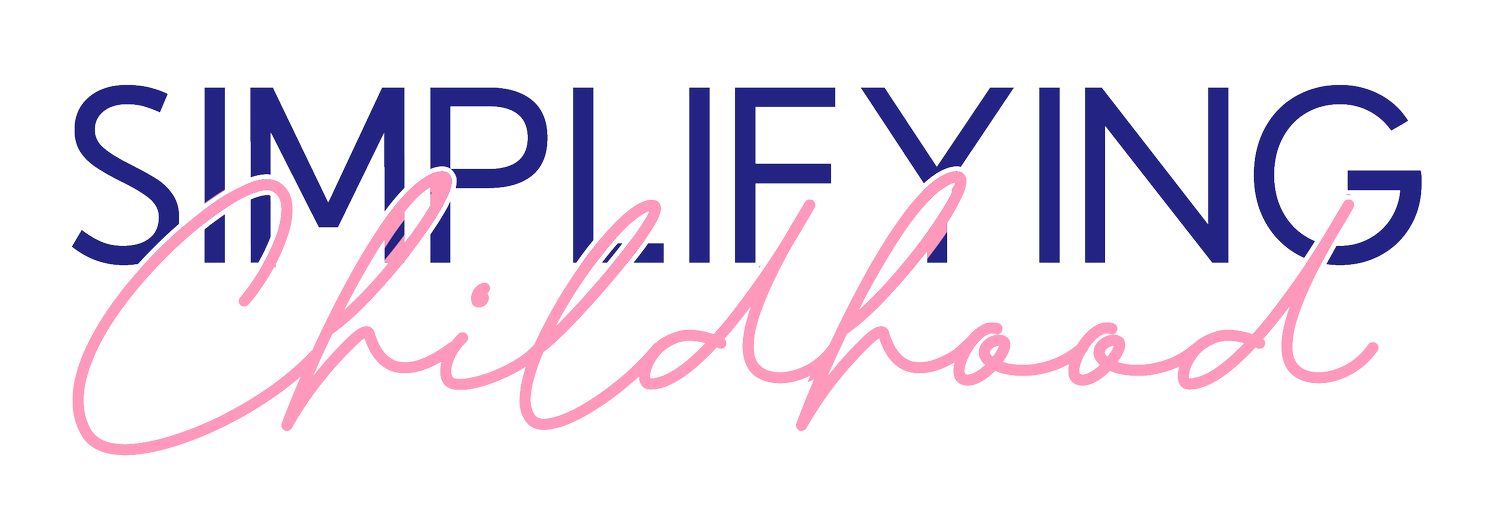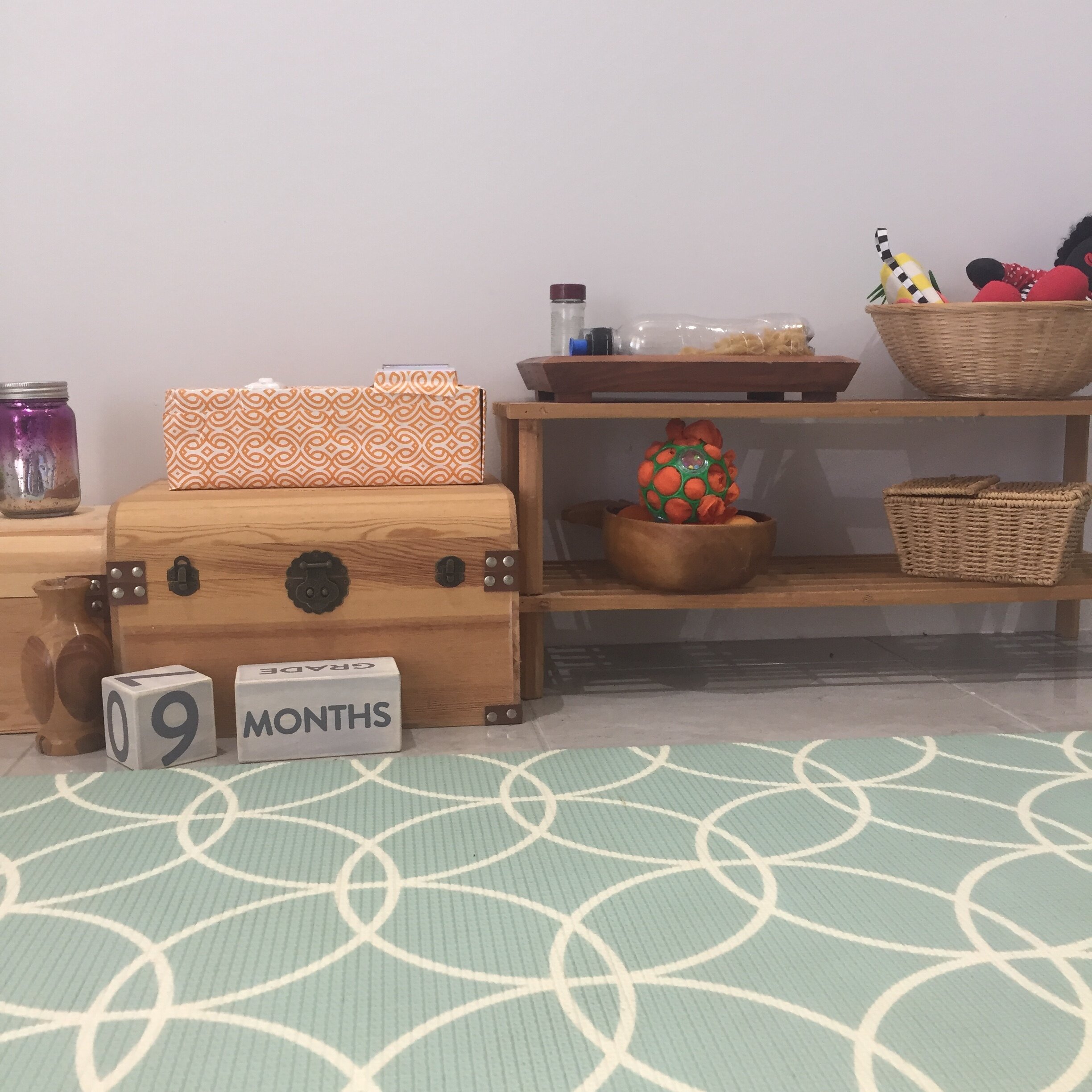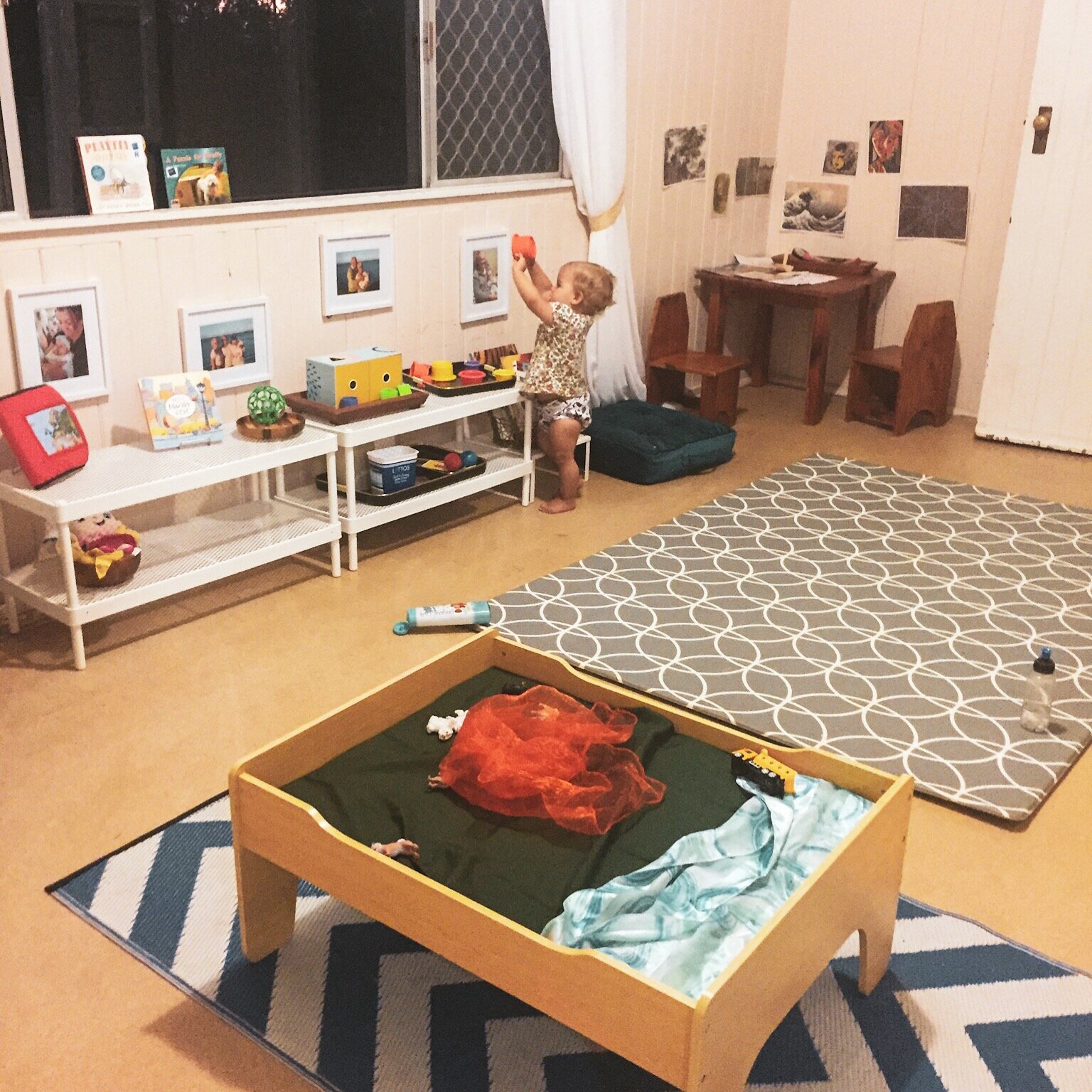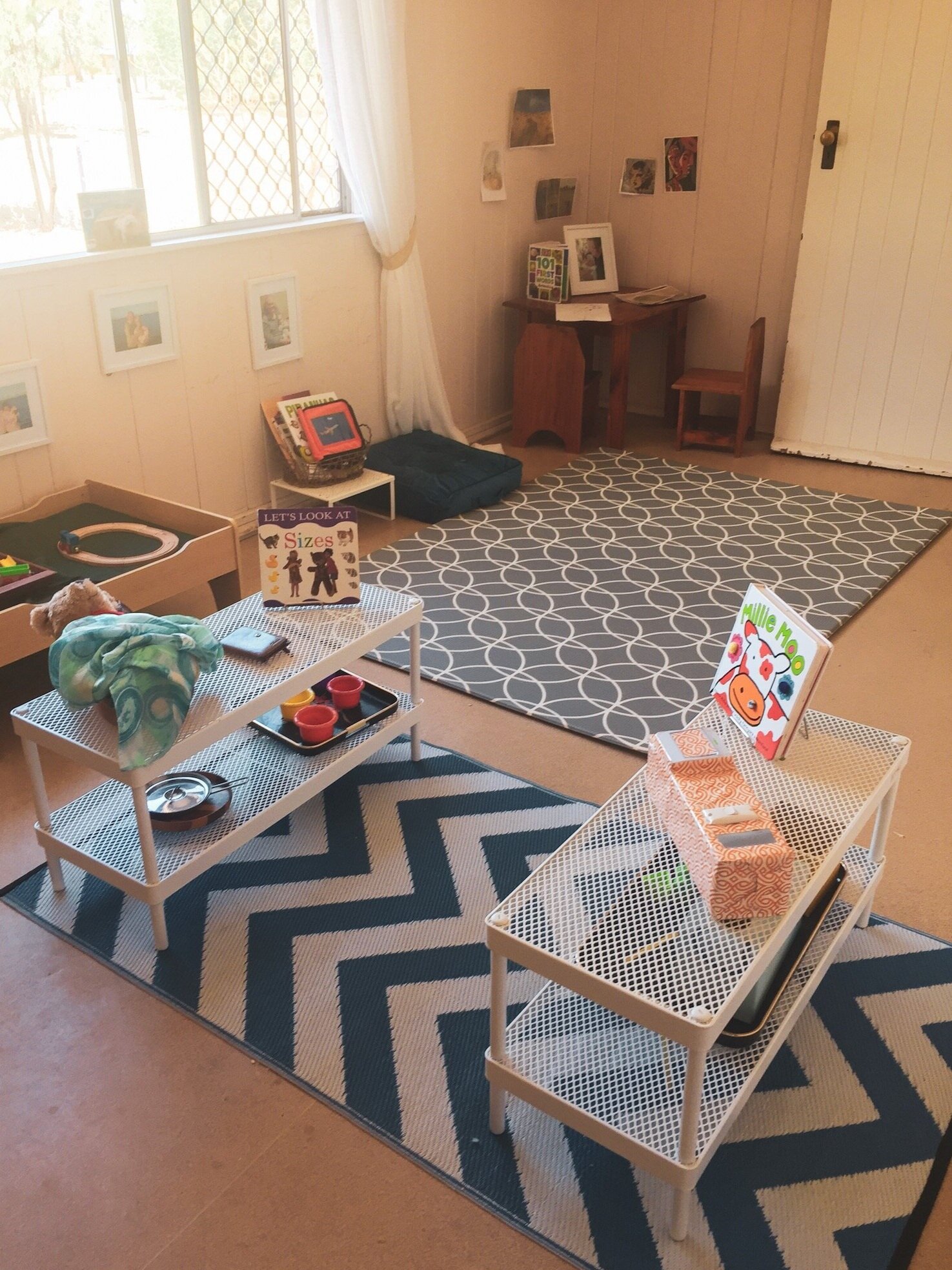Setting up a play space
Overwhelmed with stuff. We have been there. Flashback to one of our first play shelves and how they ended up at the end of each day. To start with we had; too much out, coffee mugs left out, too many shelves, shelves too high for our little crawler, too much to clean and never enough time to do it.
Creating a play space isn’t about stuff or the right toys or materials and don’t let Pintrest or Instagram fool you.
It’s about
fostering independent
providing space (empty space)
creating a space where everyone is welcome and is able to ‘be’
creating a space where you can relax and drink a cuppa
Why does a prepared environment matter?
A prepared environment subtly dictates your behaviour. It alters how you interact with the environment without the need for conscious effort.
This is why placing your workout gear next to the bed, reminds you to work out each morning (it reminds me, but I still don’t always follow through). The same is true for the environments we curate for our children.
By placing their toys/materials on open shelves at their height we encourage packing up (it allows it but they wont just follow through). Further to this, by providing items that are child sized we allow for children to be independent and engage in their environment. Same as for us, all our mugs on the top shelves don’t get used as we can not reach them, and items I can not lift never get used or moved.
Creating a prepared space isn’t seeking perfection and it will never be finished as yours and your families needs alter.
The evolution of a play space
Play spaces evolve as children grow and for us as we learnt who we wanted to be as parents. For us we really began to see ourselves as our child’s first teacher and the environment as another teacher we could utilise within the home.
We narrowed down what a prepared environment was by completing The Prepared Environment’s Setting Up Toddler Play Spaces, followed some amazing accounts and spent many months trying different approaches and failing at a lot of them.
There was one month were we thought we could add more - fail
There was the time we had NOTHING - less of a fail
There was also the time that we moved a lot outside - fail (rained for the first time in 3 months)
Things we’ve learnt since then
Toy rotation is the BOMB
Just because we were given something doesn’t mean we keep it forever
Less stuff = more concentration and independent play = hot coffee
5-6 toys at a time (these can be made of smaller parts and this use to just be 4)
Not everything on those dreamy insta play spaces are needed or even wanted
Our space now is so different to this and so much less overwhelming for Little Ninja and for us. We still adapt it and we are still learning what works for us and what works for our daughter. This will continually change and this okay, we can not expect that this to be a set and done item in our home.
Things to ask in setting up a play space
What is the function of the space?
How do you want it to function?
How is it currently working or not working for all family members?
Each member of the family needs an equal voice here, no one’s needs is more important than someone else’s. If your children are older this can be a great topic for a family meeting before any dramatic changes. Currently for us, in toddler-hood, we consider Little Ninja’s voice through observation.
When she is continually throwing an item … is she bored?
When is keeps moving the furniture … how is it not meeting her needs?
Rather than seeing behaviour as deliberately to be frustrating (even though it is), set pack and see what needs to be adjusted to create a space that caters for your child’s current needs.





